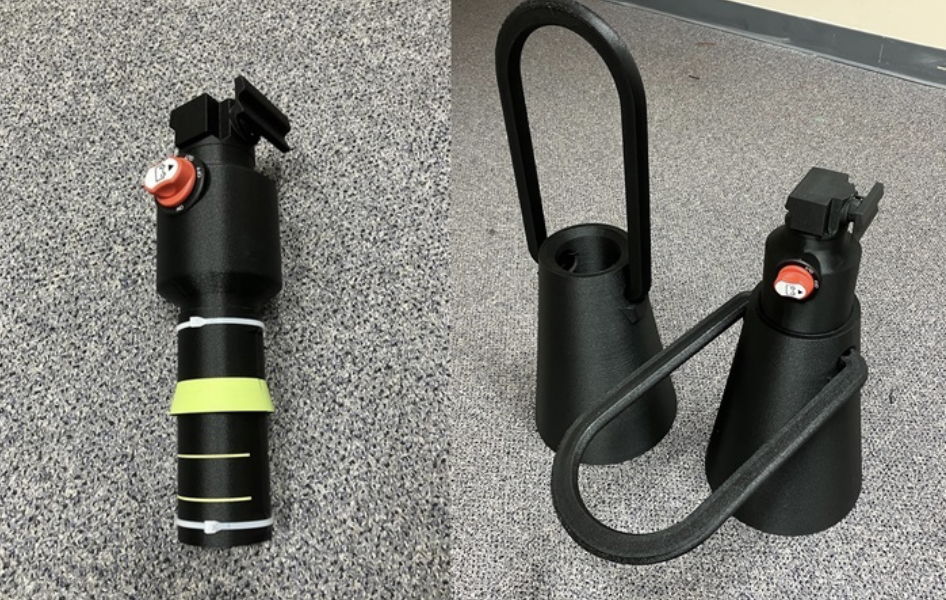Sometimes, we think that a few folks just get carried away with trying to put together the most beautiful garden or grow the most tomatoes or the biggest pumpkins or have the greenest grass, 365 days a year. My goodness, how they do work to make everything perfect. And the money they spend!
My grandmother’s eyes would be rolling, and while she would never say anything (she was the kindest, most gentle lady ever), she would probably have been thinking that they had more money than sense. Well, there’s certainly nothing wrong with having a beautiful landscape and we all appreciate a well maintained vegetable garden.
But, there’s absolutely no reason to have to spend huge sums of money or work yourself (and/or your spouse?) into heat exhaustion to have that nice landscape or a bountiful garden. We’ll stop by here periodically to help share some ways for us to do just that and answer some of your gardening questions.
We get a lot of questions about just what a master gardener is, what they do and how you get to be one. Well, here’s the short version from the University of Georgia’s website. “The Master Gardener Extension Volunteer program is run by the University of Georgia’s Cooperative Extension program and provides intensive horticultural training to individuals who then volunteer in their communities by giving lectures, creating gardens, conducting research, and many other projects.”
The biggest thing I have learned along the way is that there is a lot of well-meaning gardening advice out there that is just plain wrong. Yep, just plain wrong! With the possible exception of politics, I don’t think that I have ever seen as much misinformation spread over every conceivable media source. I don’t think that anyone is intentionally handing out bad information, but there’s a lot of “knowledge” out there, which was once accepted as gospel, but is now known to be incorrect.
I’ll talk more about this a bit later, but anecdotal information is probably the least accurate of all the sources. On the other hand, there is also a great deal of very good, research based, peer reviewed information that doesn’t get out to Mr. and Ms. Home Gardener. Unfortunately, even if you had easy access to research journals, you might not understand it unless you majored in botany at Home State University (it’s really not those professors’ fault, they just write that way).
Our job, here, will be to wade through those journal articles and hopefully translate some of them into plain language so that you don’t have to. In time, we’ll try to cover everything from Abelia to Zygopetalum and lots in between. If you have a question or two, (we hope that you do) we’ll try to respond to those and give you some leads to in-depth discussions of those questions.
We’ll also try to make the topics seasonal. In other words, we won’t be advising you to do things that you shouldn’t be doing at the time of publication. Hopefully, these tips will help you do a better job of keeping your gardens and landscapes looking like you want them without quite so much effort and expense.
With that seasonality in mind, here’s a quick couple of tips for your fall vegetable gardens and some fall and winter color. If you would like to grow your Cole crops from seed, it’s cheap and easy. Now is the time to get them started, because it is going to take four to six weeks for those plants to get up to the size that you might buy at the big box store. Then, when the weather is just right this fall, you can put those transplants in the ground and will have saved a bundle!
By Cole crops we mean cauliflower, broccoli, cabbage, Brussel sprouts, kale, collards, chards and mustards. Lettuces are also a great fall crop. There are certainly other Fall crops as well, but they need to be seeded directly into the soil later this year. Those would include beets, radishes and carrots. Here’s a link to a free downloadable article on fall vegetable gardening from the UGA Extension Publications website: https://secure.caes.uga.edu/extension/publications/files/pdf/C%201258_1.PDF
As far as fall and winter color go, have you thought about the ornamental kales/cabbages? We love these things! Colorful and hardy, they really stand up and stand out! They come in colors that range from white to rose to bright red and combinations of all these. Now is the time to pot up those seeds as well because they also will take four to six weeks to grow to transplantable size. They will be really attractive all winter long in containers or in beds. More on these from our friends at the University of Wisconsin at https://hort.extension.wisc.edu/articles/ornamental-cabbage-and-kale-brassica-oleracea
Thanks for stopping by and do let us know how it’s going at your place. Send your questions to Augusta Press Managing Editor Stephanie Hill at stephanie@theaugustapress.com or leave them in the comments of this story. We’ll look forward to hearing from you.










